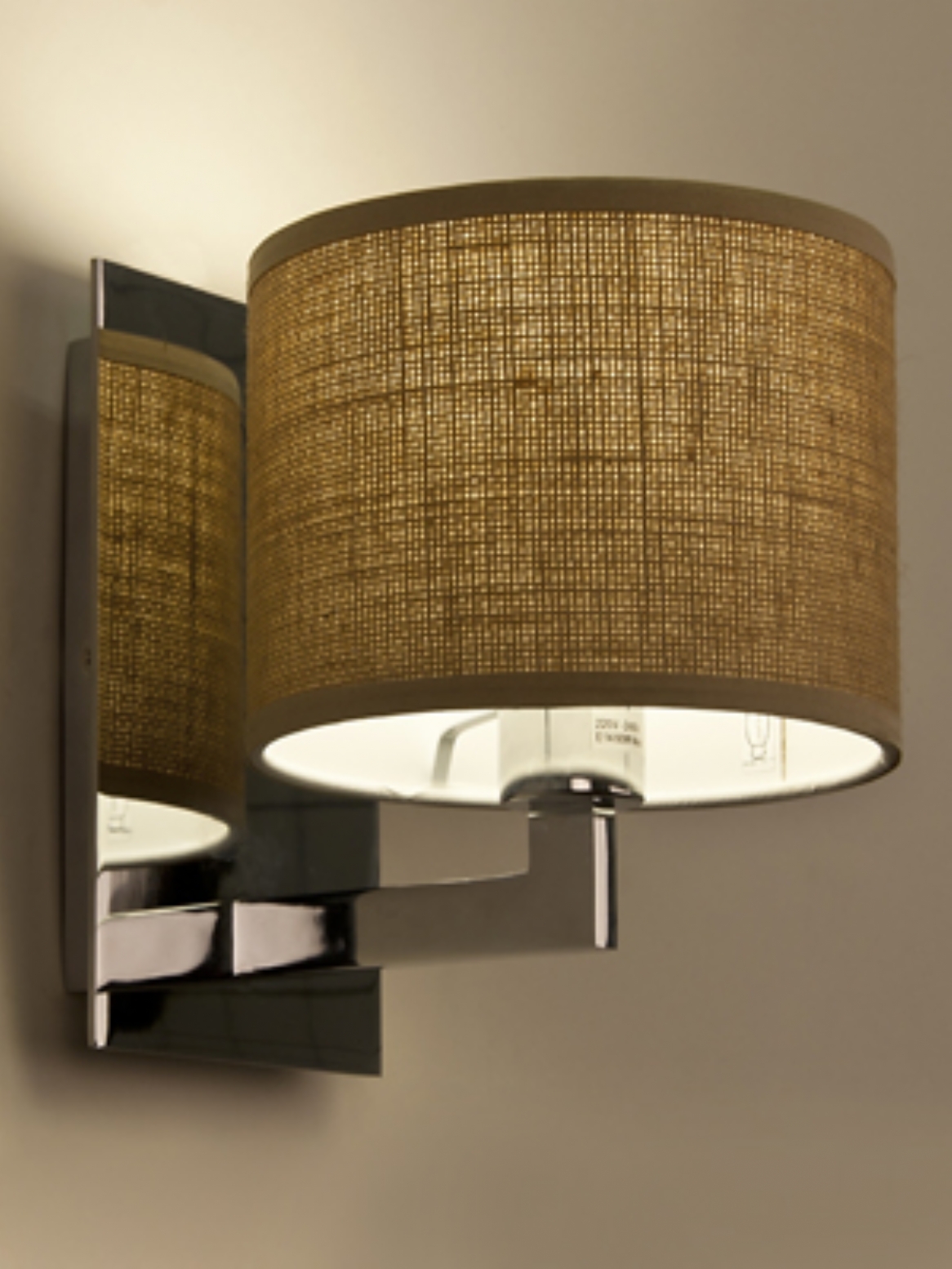
How does this graphic fit into the larger design investigations and what did you learn from producing the graphic? Is there a difference in the amount of daylight admitted between automated roller shades and automated exterior blinds for a typical day in October? If so, what is the magnitude of this difference and is it worth the extra cost? What specific investigation questions led to the production of this graphic? Typically, each grid would need to be placed individually within Indesign, but Grasshopper’s ability to automate the visualization and placement of the 30 grids added significant efficiency to the visualization process.

This process saved a lot of time when taking the imagery into Indesign to add the other graphic elements. Custom labeling can be included to name the runs and report different text labels, such as the % threshold values. This group of components was then copied for each of the other cases and the result is the matrix that you see in the graphic. ill files (the output file of the illuminance simulation) within a single folder, while defining ‘move’ vectors within Grasshopper to place each subsequent grid next to the one before it. But instead of looking at a single illuminance map for a single run case, the components allow you to input a list of. Honeybee was used to run the single-point-in-time analyses, while Ladybug components were used for grid visualization. Leveraging the graphic output capability of grasshopper was crucial in the creation of this graphic.

that the blinds option provides 2-3 times more daylight that the diffuse shade due to their light redirection and reflection characteristics. Larger text labels at the top of the page cover at a glance the key insights of the analysis, i.e.
#Lighting and shade control strategies windows
Weather symbols at the bottom of the graphic provide insight into the sky condition during that hour, which relates to whether or not the external radiation trigger (>50 w/m2) on each of the windows is activated. The labels next to each illuminance map describe the run name and displays the % of the space above the 500 lux threshold for the workshop/maker space being analyzed. Each illuminance map is reported for a single hour throughout the day, while a 3d axon image at the top of the graphic shows when the automated shading is deployed for each of the 3 windows. A baseline case is also shown without any type of shading for the windows. This compilation graphic compares the amount of illuminance in a single space for a typical day in October for two different automated shading strategies: external blinds and internal roller shades. Primary Outputs: illuminance (lux) GRAPHIC INFORMATION Primary Inputs: building geometry, glazing specifications, blind controls (automated vs. What kind of graphic is this? Graphic Matrix What tools did you use to create the graphic? Grasshopper / Indesign

Other contributors or acknowledgements (optional) Chris Chatto – ZGF Graphic Name: What is the impact of different blind control strategies on illuminance over the course of an average day?


 0 kommentar(er)
0 kommentar(er)
